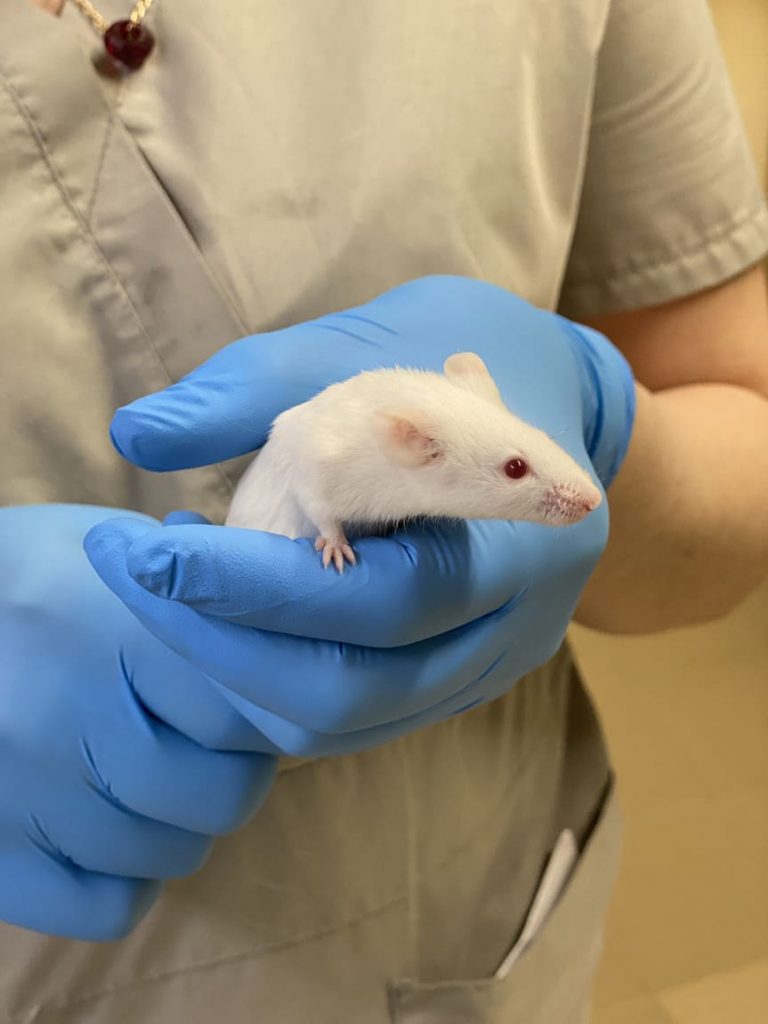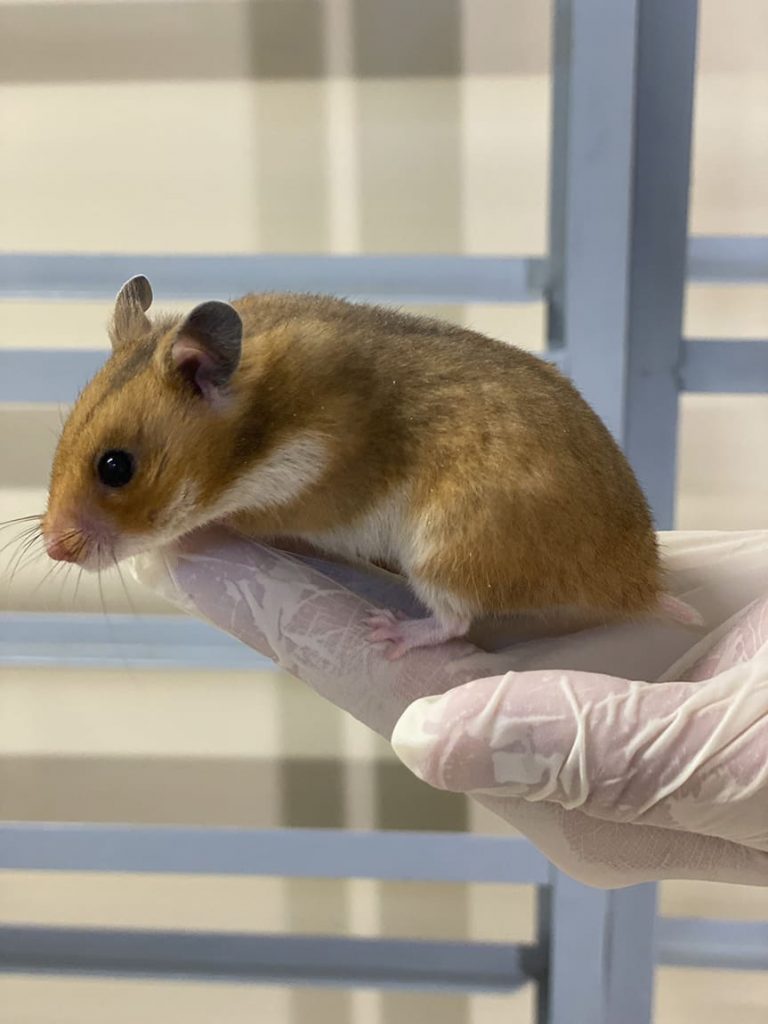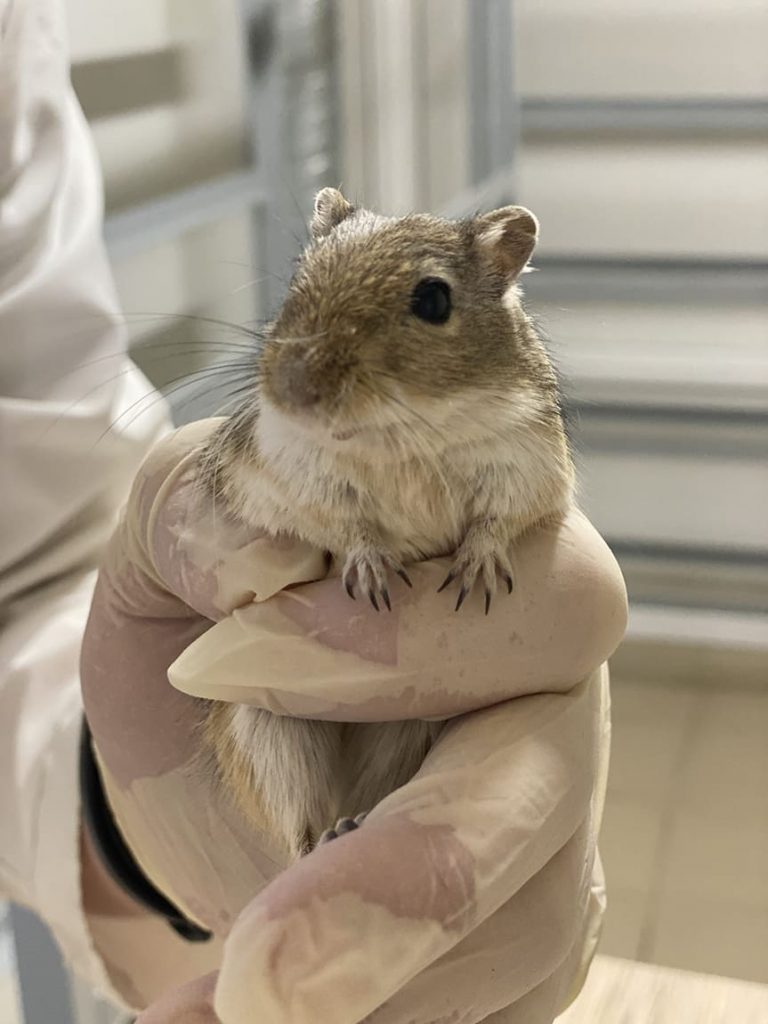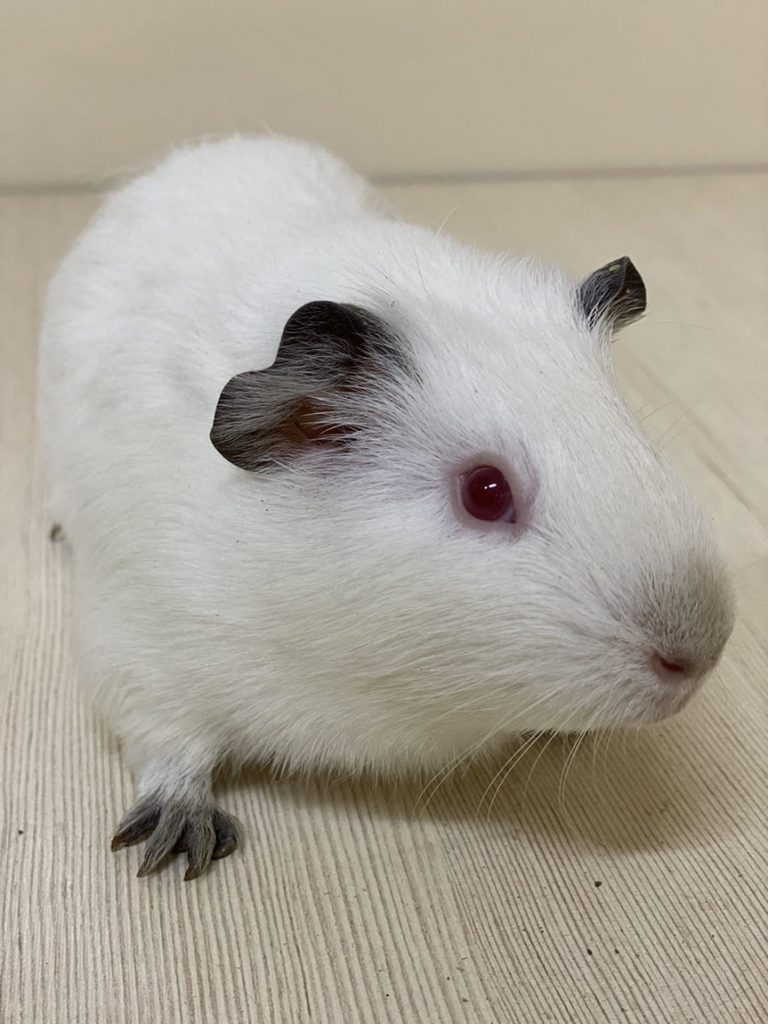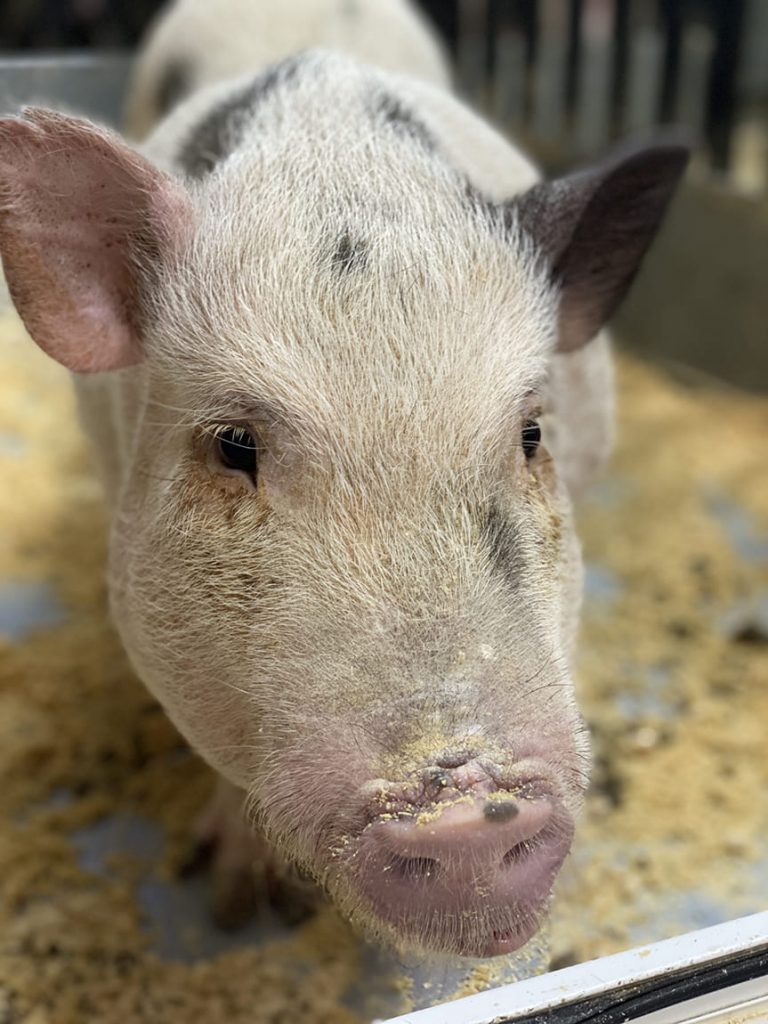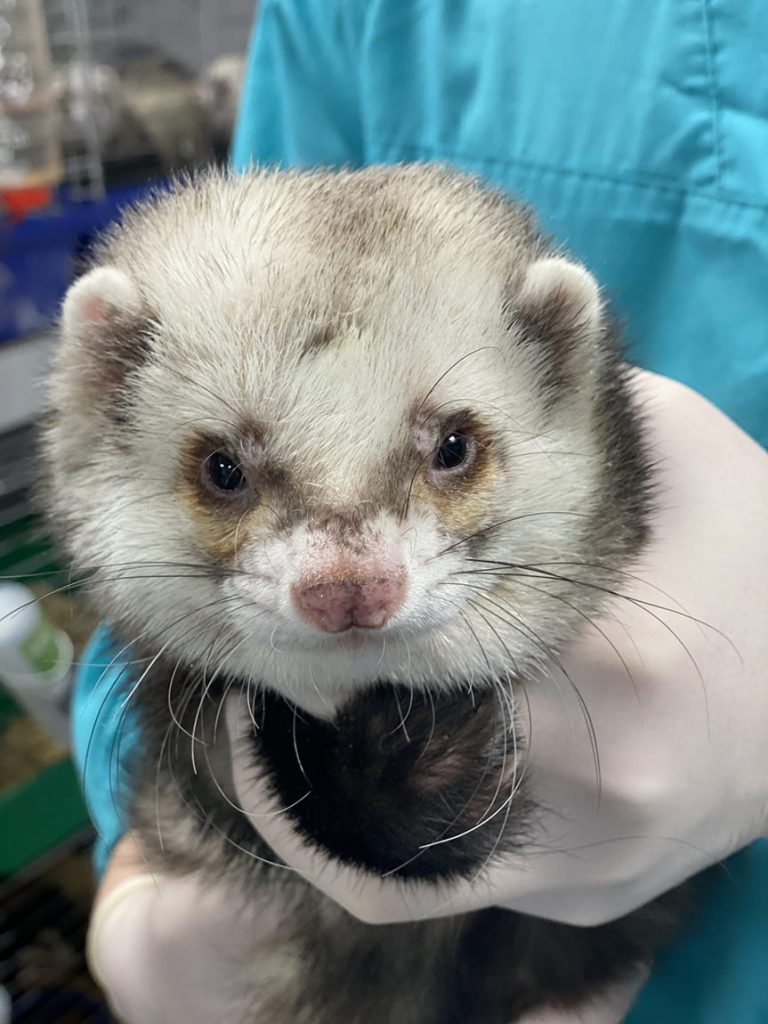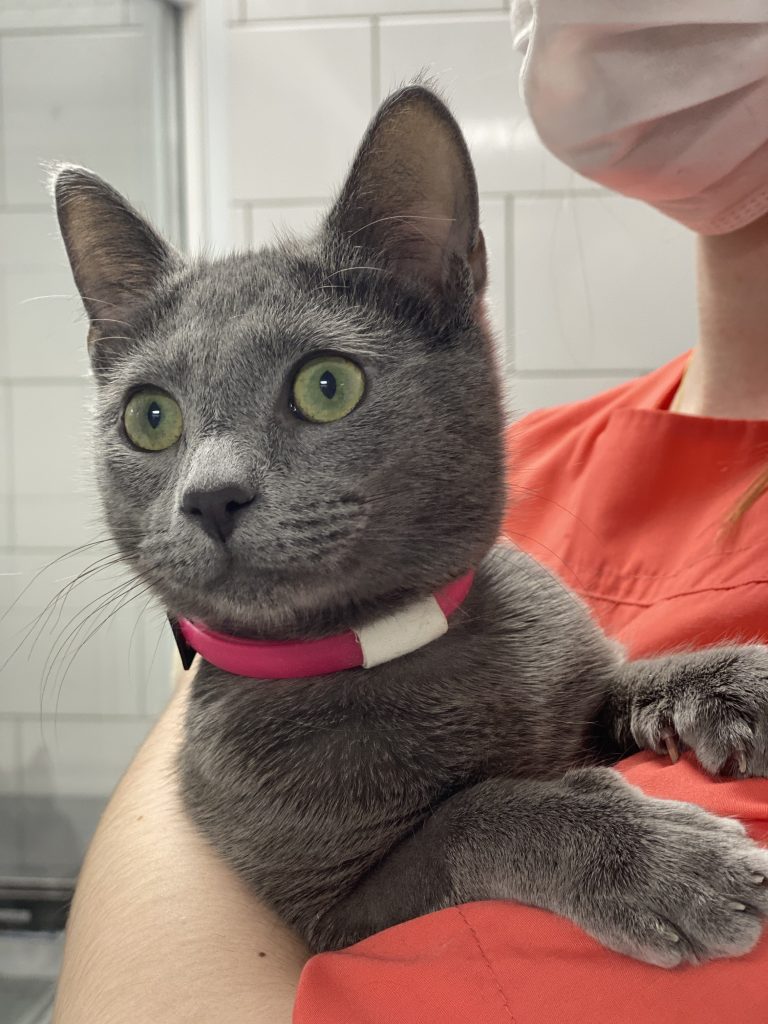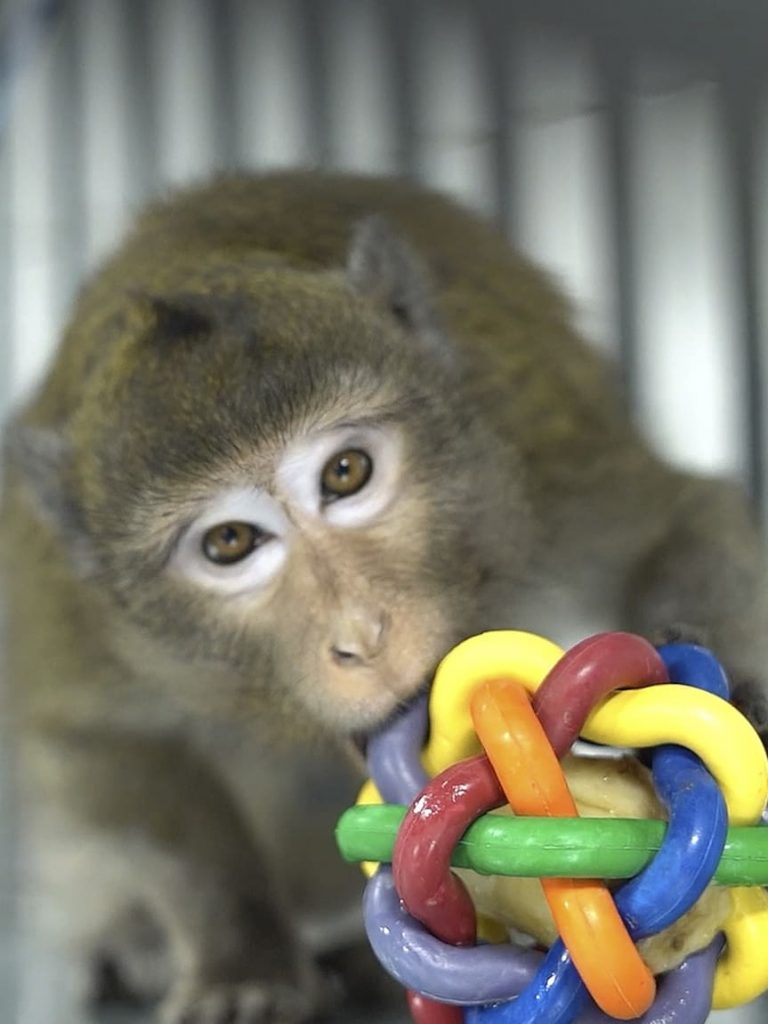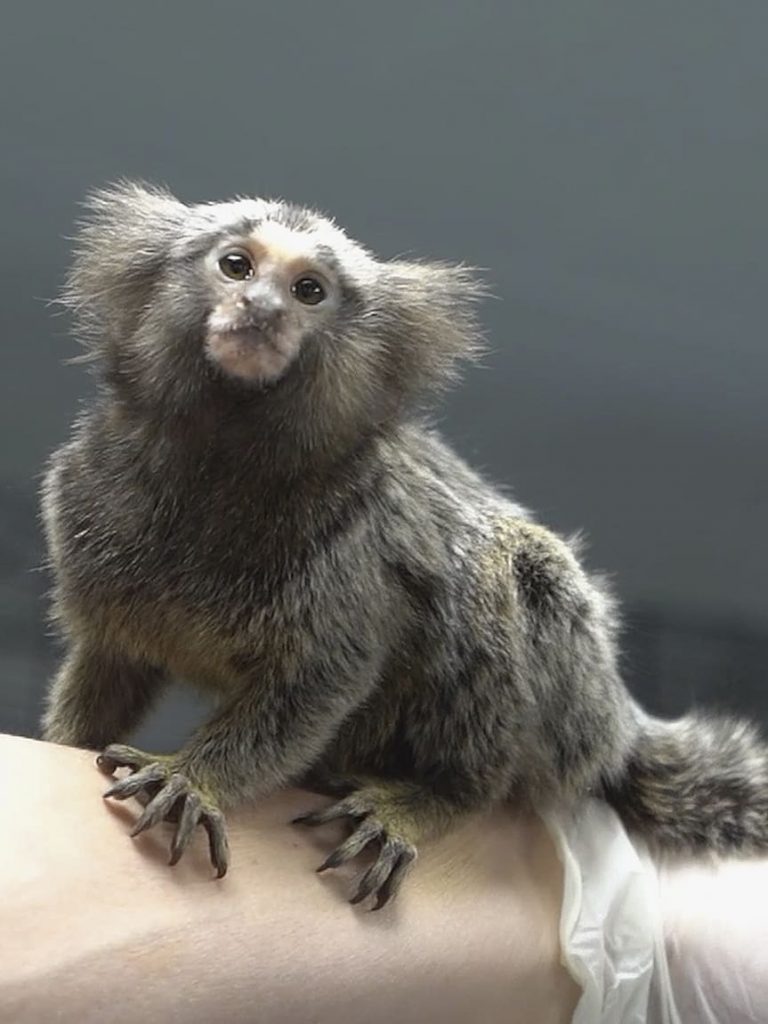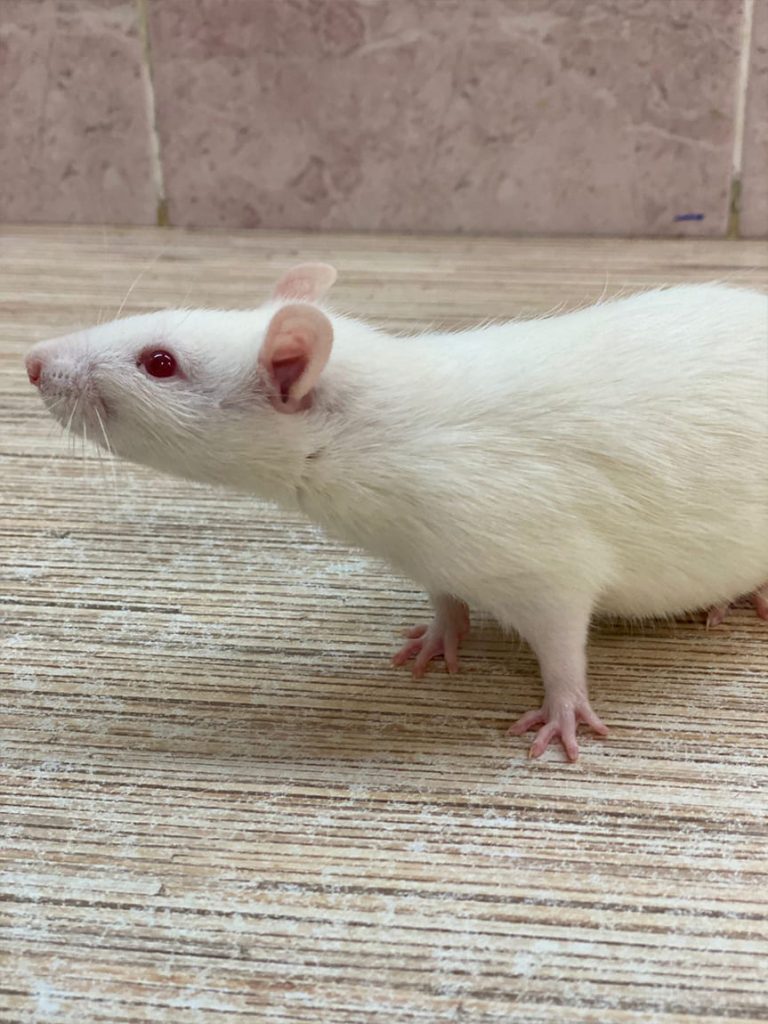Laboratory animals are used to study the drugs efficacy and safety.
The main conditions for the proper selection of a relevant species of laboratory animal for the study are:
1. the size of an animal, which helps to determine a possibility of introducing and optimizing the flow rate of objects under the study, conducting instrumental examination, collecting biological samples in the amount sufficient to show all the necessary indicators;
2. similarities in the structure and functioning of organs and systems at the molecular, cellular, and tissue levels in human bodies and in the body of the relevant animal species, which determine the similarity of metabolic pathways and metabolites;
3. in pharmacodynamics studies – similarity of the clinical performance of the simulated pathology in the animal with that of the disease in humans.
To ensure the quality of our studies, we use animals either from our own laboratory breeding facility, or from the approved sources.
Our organization has a laboratory animals shelter and a vivarium.
Rodent vivarium site (S= 550 m2) and animal facility (S= 737 m2)
Mini pigs site (S= 547 m2)
Rabbit shed site (S= 360 m2)
Predatory mammals site – 746 m2
Primate site – 746 m2
Dog run – 155 m2
To date, for scientific research we have:
- Рекомендации по проведению некропсии лабораторных животных: монография / Под ред. В.Г. Макарова и М.Н. Макаровой. — Санкт-Петербург: НПО «ДОМ ФАРМАЦИИ», 2023. — 92 стр. с илл. ISBN 978-5-6048955-1-1
- Рыбакова А.В., Макарова М.Н. Методы эвтаназии лабораторных животных в соответствии с европейской директивой 2010/63 // Международный вестник ветеринарии. – 2015, №2. – С. 96-107. Методы эвтаназии лабораторных животных в соответствии с Европейской Директивой 2010 (63)
- Рыбакова А.В., Макарова М.Н. Санитарный контроль экспериментальных клиник (вивариев) в соответствии с локальными и международными требованиями // Международный вестник ветеринарии. – 2015, № 4. – С. 81-89. Санитарный контроль экспериментальных клиник (вивариев) в соответствии с локальными и международными требованиями
- Селезнева А.И., Макарова М.Н. Этические принципы обращения с животными в России // Международный вестник ветеринарии. – 2014, №1. – С. 69-75. Этические принципы обращения с животными в России
- Makarov V.G., Makarova M.N., Selezneva A.I., Rybakova A.V. Humane principles of using animals in Russia // Abstracts of the 9th World Congress on Alternatives and animals Use in the life sciences 24-28 august 2014, Prague, Czech Republic. – P. 266.
- Справочник Физиологические, биохимические и биометрические показатели нормы экспериментальных животных. Под ред.: д.м.н. Макарова В.Г., д.м.н. Макаровой М.Н. Абрашова Т.В., Гущин Я.А., Ковалева М.А., Рыбакова А.В., Селезнева А.И., Соколова А.П., Ходько С.В. СПб.: Из-во «ЛЕМА», 2013. – 116 с.
- Селезнева А.И., Рыбакова А.В., Макарова М.Н., Ковалева М.А., Ходько С.В., Макаров В.Г. Психоэмоциональное состояние и подготовка лабораторных крыс к диагностическим и лечебным процедурам // Международный вестник ветеринарии.– 2013, № 3. – С. 72-78. Психоэмоциональное состояние и подготовка лабораторных крыс к диагностическим процедурам
- Макаренко И.Е., Авдеева О.И., Ванатиев Г.В., Рыбакова А.В., Ходько С.В., Макарова М.Н., Макаров В.Г. Возможные пути и объемы введения лекарственных средств лабораторным животным // Международный вестник ветеринарии. – 2013, № 3. – С. 78-84. Возможные пути и объемы введения лекарственных средств лабораторным животным
- Шекунова Е.В., Кашкин В.А., Макарова М.Н., Макаров В.Г. Влияние условий содержания и повторности тестирования на поведение крыс линии Вистар в тесте «Открытое поле» // Международный вестник ветеринарии. – 2013, №4. – С. 80-88. Влияние условий содержания и повторности тестирования на поведение крыс линии Вистар в тесте Открытое поле



